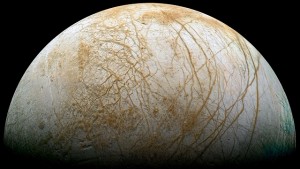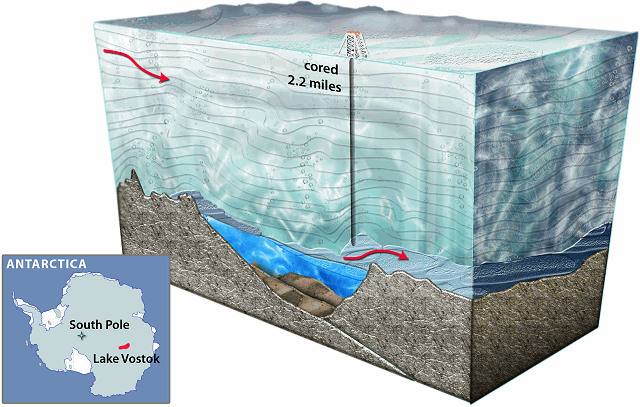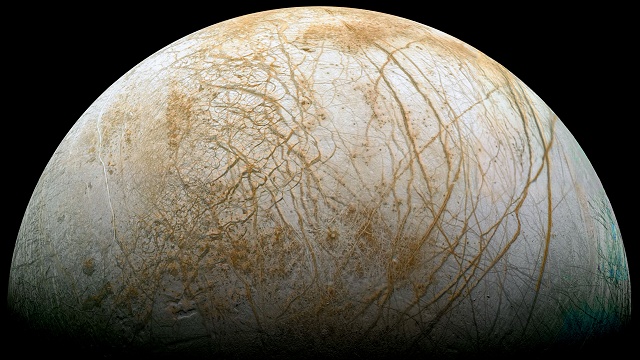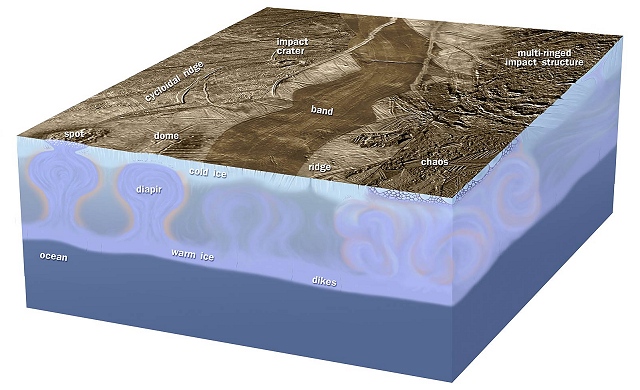
It was a thrill to learn that on Sunday, Russian scientists managed to poke a drill tip through miles of Antarctic ice into Lake Vostok. Samples of water from this extreme environment promise to provide one of biology's severest tests of life on Earth. Scientists are talking up the possibility that this experiment, the first of several in progress in Antarctica, could tell us more about possible life on the icy satellite of Jupiter named Europa. Is that a stretch?
We're asking different questions here. At Vostok, we want to know if life has survived; at Europa we want to know if life could have arisen. In that context I think that Vostok and Europa are worlds apart; their similarities are superficial. Let's look at the two places in a bit more detail.
Lake Vostok is a large tectonic basin, rather like Lake Tahoe, that happened to be overrun some 15 million years ago by the growing Antarctic ice cap. It has been sealed in profound darkness and freezing cold ever since, with the ice flowing slowly over it. Here's a diagram of the situation.

The lake is kept unfrozen because of a trickle of heat from the Earth's crust beneath plus the effect of great pressure in depressing the freezing point. Ice melts at the upstream end and lake water freezes at the downstream end, so on the geological time scale there's an exchange of water, and the water itself must be charged with air carried in by the ice. But the amount of minerals and nutrients entering the lake this way must be astronomically small. Somewhat larger amounts may come from the rock and sediment of the lake's floor, but the picture is still disheartening.
And yet we have found life everywhere on Earth, from temperatures above the boiling point to below freezing. Microbes are recovered from within the ice cap itself. I believe that the microbes originally sealed into Lake Vostok survive today, because that's the way to bet on this planet. However, from everything we know, life could never have arisen in such a place. The raw ingredients and energy required are absent.

